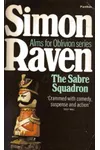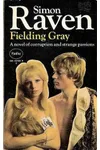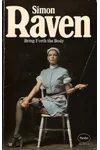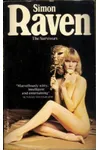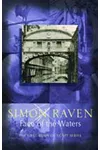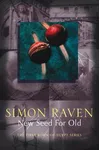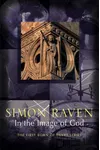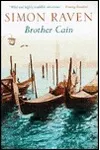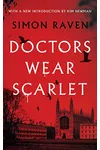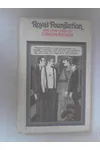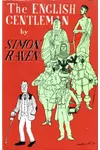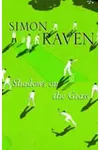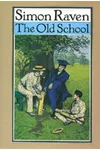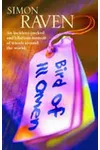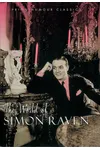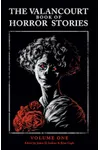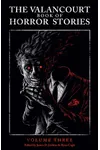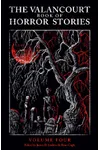Picture an English storyteller whose scandalous life fueled razor-sharp satires of the upper crust—meet Simon Raven! Born in 1927, Raven was a novelist, playwright, and journalist whose hedonistic antics and biting wit made him a literary rogue. His *Alms for Oblivion* series, a ten-novel saga, skewers post-World War II British society with a charm that’s both wicked and irresistible.
Raven’s life was as colorful as his prose. Expelled from prestigious schools, dodging debts, and embracing a louche lifestyle, he turned personal chaos into literary gold. Let’s dive into the world of this mischievous wordsmith!
The Making of Simon Raven
Born on December 28, 1927, in London, Simon Arthur Noël Raven was the eldest child of a wealthy hosiery heir and a champion athlete mother. His early years at Charterhouse School ended abruptly in 1945 when he was expelled for homosexual activities—a scandal he later shrugged off with characteristic nonchalance. After national service in the Parachute Regiment, Raven studied Classics at King’s College, Cambridge, but his gambling and reckless behavior led to more exits. By the late 1950s, scraping by as a journalist, he caught the eye of publisher Anthony Blond, who bankrolled his first novel, *The Feathers of Death* (1959), on the condition he leave London’s temptations behind.
Simon Raven’s Unforgettable Stories
Raven’s literary output was prolific and varied, spanning novels, essays, and television scripts. His crowning achievement, the *Alms for Oblivion* series (1964–1976), tracks a cast of upper-middle-class characters through betrayals, sexual escapades, and political schemes. Novels like *The Rich Pay Late* and *Fielding Gray* blend classical allusions with sardonic humor, reflecting Raven’s love for institutions like Cambridge and the Army, despite their rejection of him. His alter ego, Fielding Gray, navigates a world of moral decay with a cynical grin.
Beyond *Alms*, Raven explored the supernatural in *Doctors Wear Scarlet* (1960), a vampire tale with a psychological twist, and *The Roses of Picardie* (1980), a Gothic novel lauded for its eerie elegance. His television work, including adaptations of Trollope’s *The Pallisers* (1974) and *Edward and Mrs. Simpson* (1980), showcased his knack for vivid storytelling. Raven’s style—lucid, irreverent, and steeped in classical education—earned comparisons to Evelyn Waugh, though his unapologetic hedonism was uniquely his own.
Whether dissecting the elite’s foibles or weaving tales of the uncanny, Raven’s work pulses with a disdain for social conventions and a playful embrace of human flaws. His characters, often vile under pressure, mirror the “grandeur of squalor” he saw in his era.
Why Simon Raven Matters
Simon Raven’s legacy lies in his unflinching portrayal of a fading British aristocracy, capturing its decadence with wit and precision. His *Alms for Oblivion* series remains a cult classic, cherished for its sharp dialogue and unsparing social critique. Raven’s influence endures among readers who savor literary fiction with a subversive edge, and his television scripts helped shape historical drama. Elected a Fellow of the Royal Society of Literature in 1993, he proved that even a “cad” could wield an angelic pen.
In a world obsessed with propriety, Raven’s fearless candor feels refreshing. His novels invite us to laugh at human folly while pondering deeper truths about power and loyalty.
- Born: December 28, 1927, London, England
- Key Works: *Alms for Oblivion* series, *The Feathers of Death*, *Doctors Wear Scarlet*
- Died: May 12, 2001, London, England
- Award: Fellow of the Royal Society of Literature, 1993
Snag *Fielding Gray* or *The Rich Pay Late* and dive into Simon Raven’s wickedly witty world of satire and scandal!


